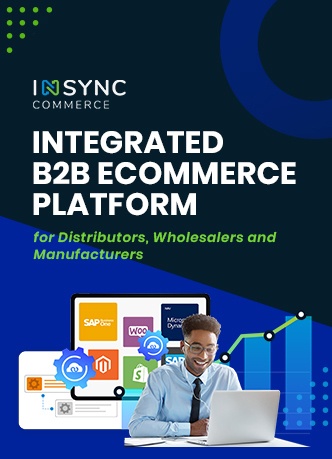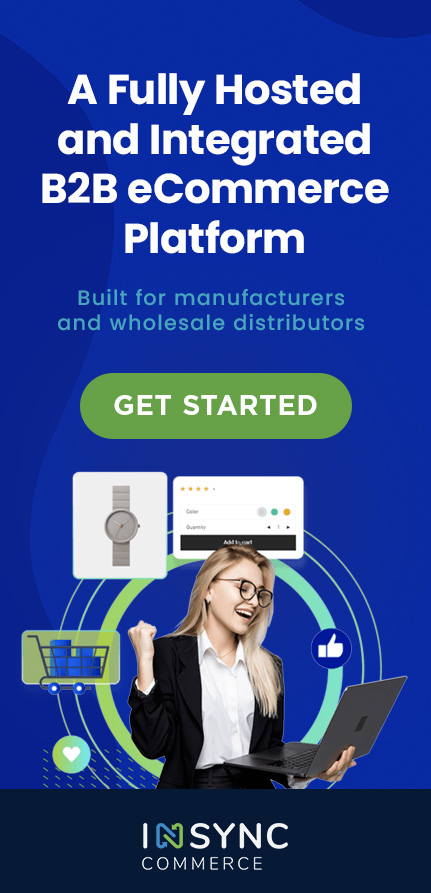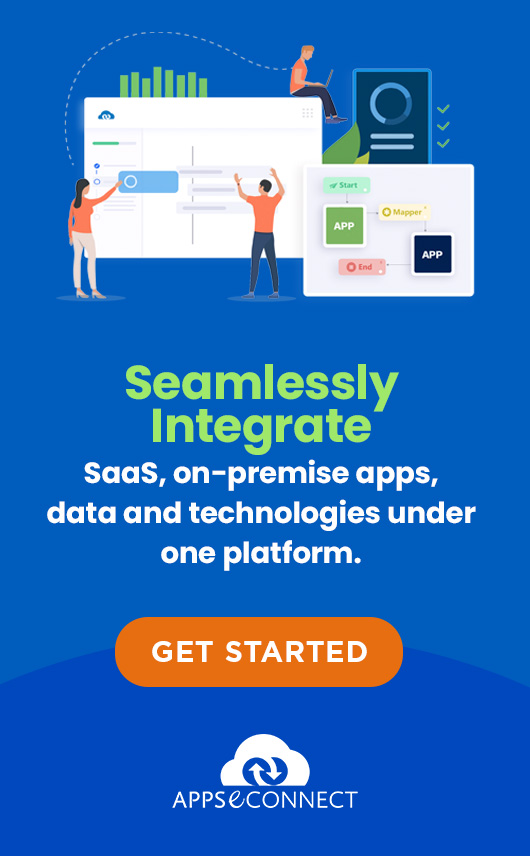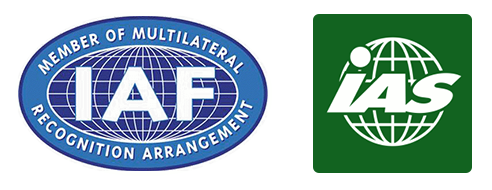This is 2nd article in the series based on interviews with 4 founders of online retail stores: Gokulraj of Zapstore.com, Abhishek Shah of Fetise.com, Nimish Adani
of Engrave, and Vijay Singh of Aaramshop. The introductory post for the series can be found here.

Which store front technology do you choose and why?
Gokulraj: We use PHP because it is fast and open source. The e-commerce store itself is completely customized as our back end is different from other e-commerce websites.
Abhishek: We started with an open source tool Zen cart. However, we shifted to our own custom platform in the mid- way since our business required scalability and set of requirements which we felt open source platform failed to provide. An alternative used by some merchants is Magento but all of these off-the-shelf solutions need lots of tweaking and optimizations to be scalable and relevant.
Nimish: We are currently using Spree which is based on the Ruby on Rails framework. We chose it because of the flexibility provided by the framework. In our case, part of the code was built in-house and part of it through external help from friends who are Rails developers.
Vijay: All technology that we use has been created in-house by us.
What payment gateway will be best and why?
Gokulraj: We use EBS which provides a consultative approach for facilitating suitable online payment solutions. But I would recommend tying up with Pay U. They have the best UI and Technology. They are platform wherein you can use multiple payment gateways as well and is quite flexible, effective and user friendly.
Abhishek: We use EBS, CCAvenue, PayU, ICICI payseal and HDFC bank gateway – among these PayU is the technically advanced aggregator with lots of payment analytics and tools to improve success rate.
Nimish: We currently use EBS and our experience has been alright though there were a lot of roadblocks in getting started – especially the follow-ups to get the gateway live. We haven’t yet integrated other gateways and so it would be unfair for me to comment. But it may be worth trying a few others – PayU, Zaakpay and Paytm.
Vijay: We do not use any payment gateways at the moment due to the high percentage of fee per transaction (grocery is a low margin business). The retailers home deliver the purchase and collect cash on delivery.
Do you see the need for integrated back-end systems?
Gokulraj: I don’t see a need for an integrated accounting system in a startup. All you need a good accountant who knows Tally. CRM is very useful. Customers tend to like professional email services from the companies. CRM helps us to be in control of the emails that we receive from the customer.
Abhishek: E-commerce is all about managing and scaling the back-end operations efficiently and everything has to move in sync to create the right customer experience, so early adoption of an ERP system is highly recommended. We have developed most of it in-house as we felt it’s better that way considering our business model is very unique and complicated
Nimish: Most e-commerce platforms have an analytics dashboard and at least till you are serving less than 100 orders/day, that should suffice. As you grow and operations are decentralized, it’s critical to integrate a full-fledged system within the backend.
Vijay: Of course, it is an integral part of any business strategy. It helps personalize the overall user experience.
Next article will discuss Shipping and Cash on Delivery questions with our interviewees. Stay tuned!










